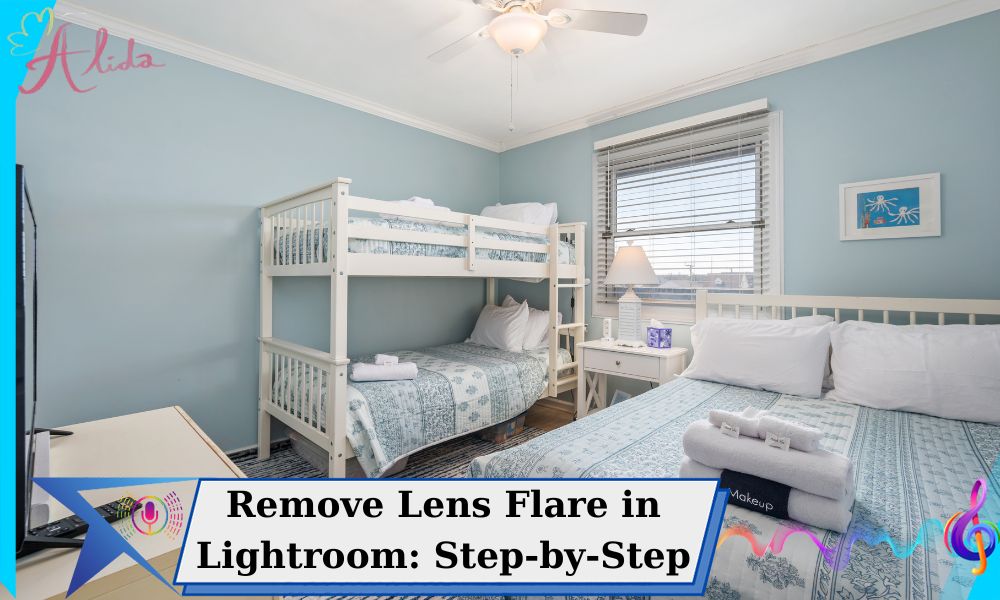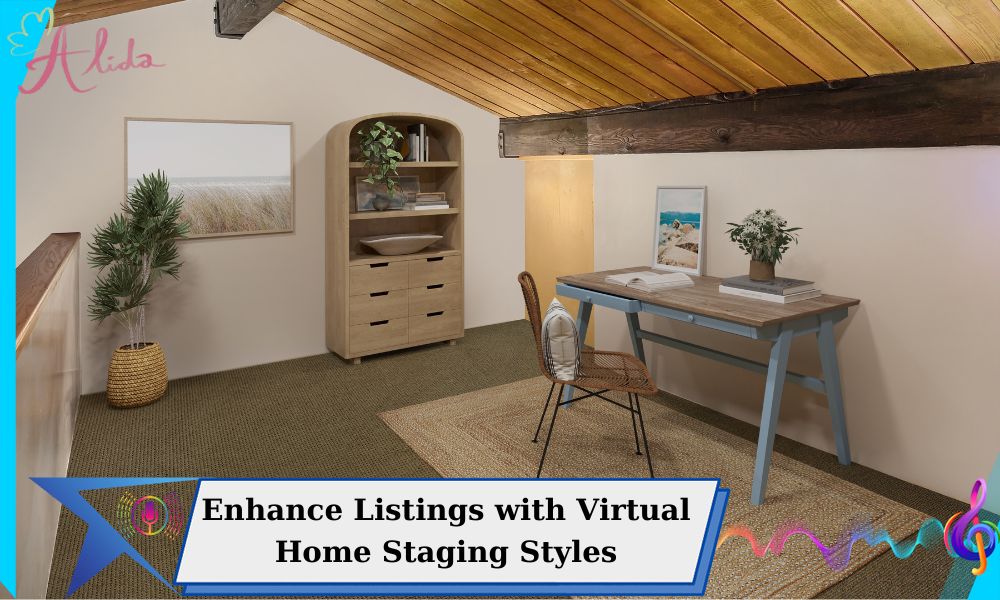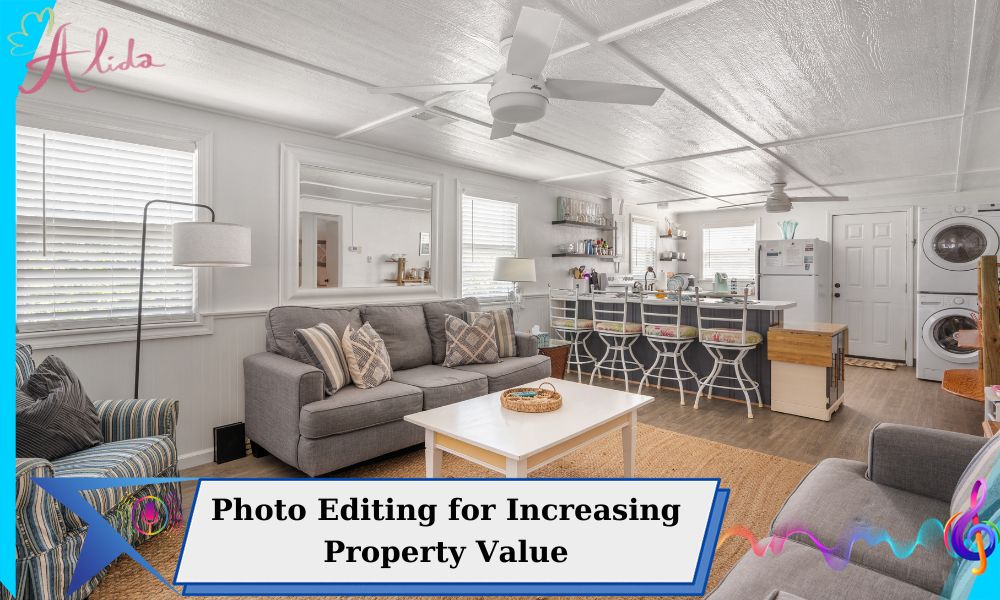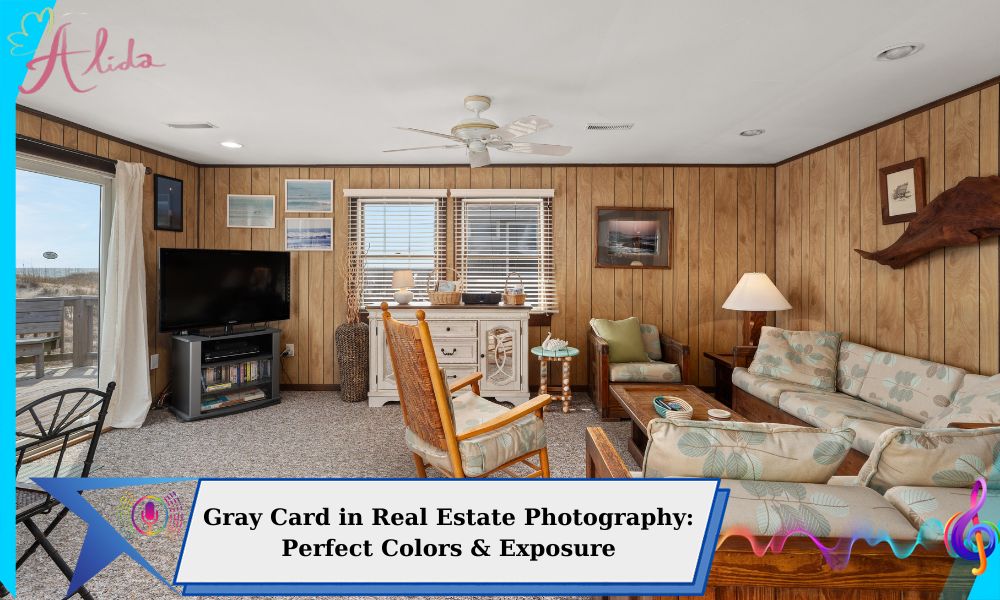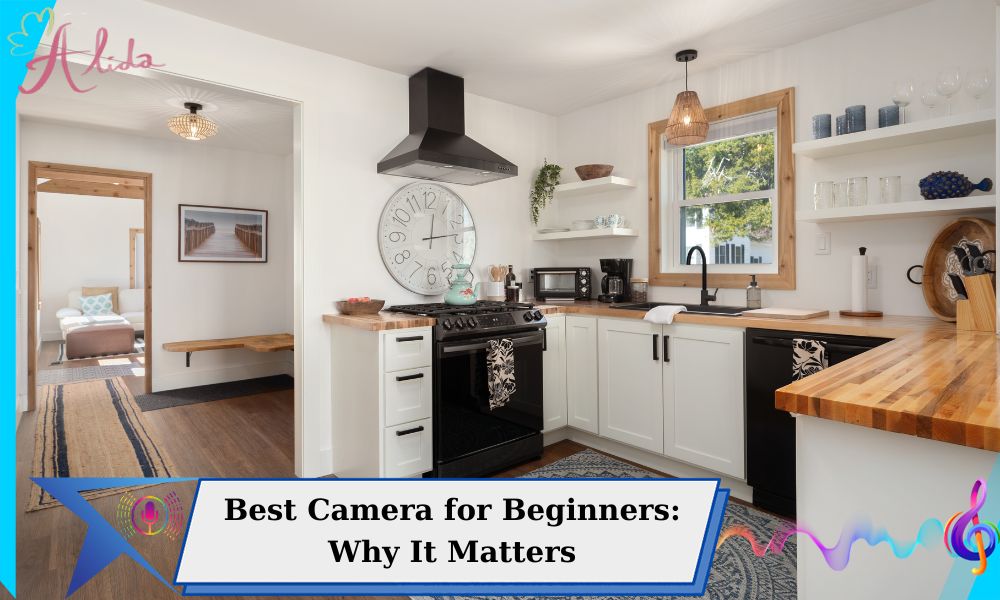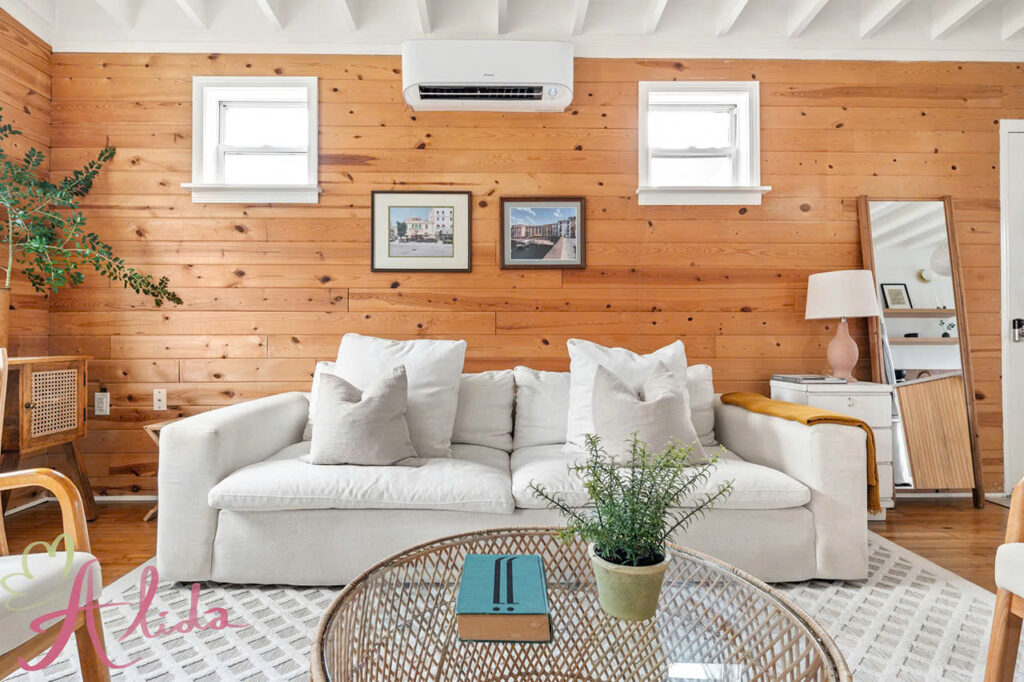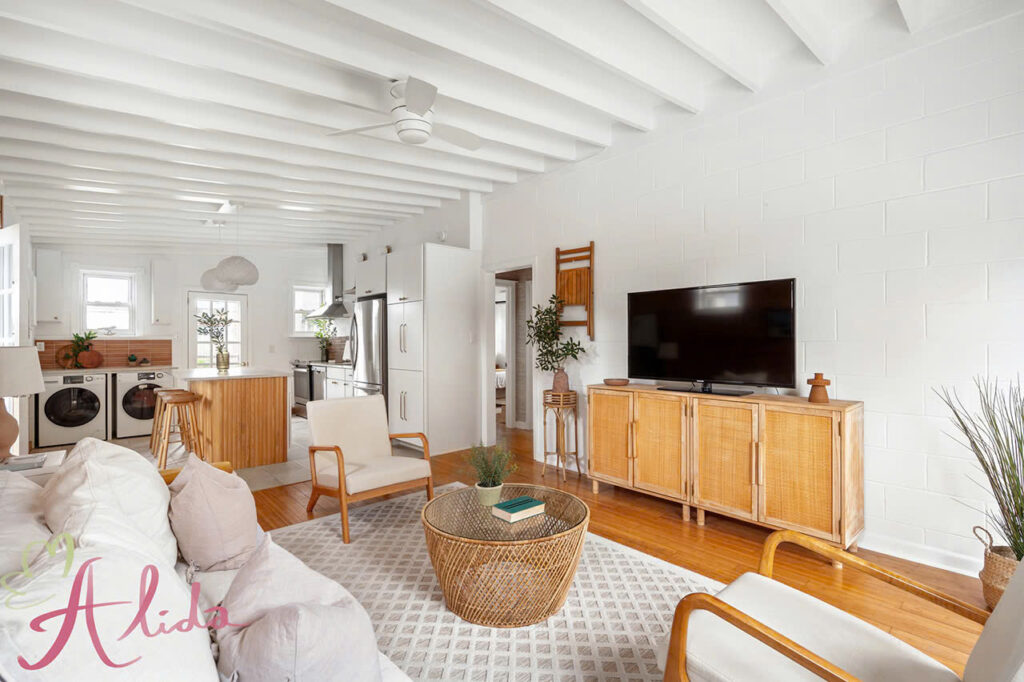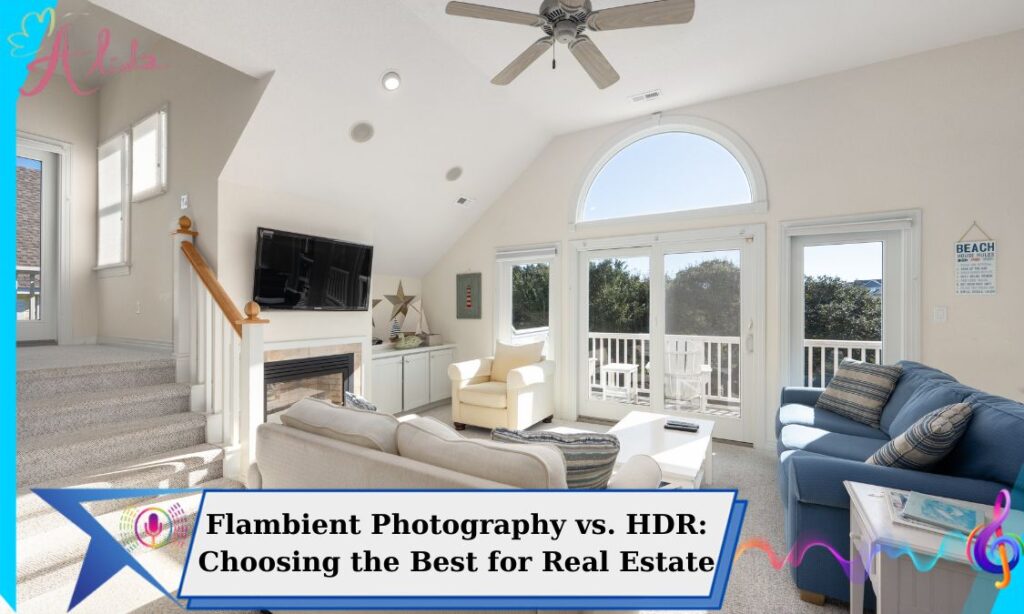First impressions are vital in the competitive real estate market. High-quality images can make a lasting impact on potential buyers, leading to more inquiries and helping listings stand out. The demand for quality has made real estate photography techniques like HDR and Flambient Photography increasingly popular, each with unique advantages in highlighting property details and ambiance. But which is best for your project? Let’s explore both HDR and Flambient Photography to understand their strengths in real estate.
What is HDR Photography?
HDR, or High Dynamic Range photography, combines multiple shots of the same scene at different exposure levels to create one well-lit image. HDR captures details from shadows, midtones, and highlights, improving the range between light and dark areas to create a striking contrast and balanced brightness.
Advantages of HDR
HDR is known for bringing out details in both bright and dark areas, producing vibrant, lifelike images. This technique captures a broader dynamic range than a single exposure, making it perfect for large rooms or outdoor shots with inconsistent natural light. HDR provides a dynamic view that closely mirrors how the human eye sees, creating an immersive, realistic feel of the space.
Disadvantages of HDR
A key challenge with HDR is achieving accurate color. The blending process can sometimes cause colors to look less realistic or washed out. Additionally, improper management can lead to halo effects around light sources, reducing image quality. HDR also requires careful camera setup and post-processing to avoid over-processing the images.
What is Flambient Photography?
Flambient Photography combines “Flash” and “Ambient” to describe a technique that mixes natural light with flash lighting. It involves taking separate shots with and without flash, then blending them to create an image with consistent lighting and true-to-life colors.
Advantages of Flambient
Flambient Photography’s biggest advantage is its ability to deliver accurate colors. The flash helps neutralize unwanted color casts and enhances lighting in dim areas. This is especially useful in spaces with little natural light, ensuring the image doesn’t look too bright or dark. The result is a well-lit, balanced image that feels inviting and natural.
Disadvantages of Flambient
While Flambient delivers impressive results, it’s more complex and time-consuming than HDR. Each photo requires careful setup and blending during post-processing, which can be tricky for beginners. Additionally, Flambient often demands higher skill levels and professional equipment, making it less accessible for newcomers or those working under tight deadlines.
Comparing HDR and Flambient in Real Estate Photography
Image Quality Differences
HDR and Flambient create distinct visual styles. HDR images tend to be brighter and more vibrant, grabbing attention but sometimes sacrificing color accuracy. Flambient images, however, look more natural, with lifelike colors and controlled lighting that feel welcoming and true-to-life.
Ease of Use
For beginners, HDR is easier to execute. With the right software, merging multiple exposures is straightforward, producing a balanced image with minimal technical expertise. Flambient, on the other hand, requires advanced flash photography skills and editing experience, making it more suited for professionals seeking high-quality results.
Flexibility
HDR is more flexible for large, open spaces and outdoor shots, where natural light may be uneven. Flambient is better suited for interior shots where precise lighting control is essential to capture details and maintain color fidelity. For intricate decor or darker rooms, Flambient offers superior control and accuracy.
Cost and Time
HDR is generally quicker and more cost-effective than Flambient. The setup is simpler, and editing time is shorter, making it ideal for photographers on a tight budget or schedule. Flambient requires more time for both shooting and post-processing, making it a more resource-intensive method.
When to Use HDR vs. Flambient
HDR
HDR works best for large, open spaces and exterior shots where lighting levels can vary. For example, expansive living rooms with big windows or outdoor landscapes benefit from HDR’s dynamic lighting and wide-angle ability.
Flambient
Flambient is ideal for detailed interiors that need accurate color representation and controlled lighting. It is especially valuable for bathrooms, kitchens, or spaces with unique decor that need precise capture. For rooms with insufficient natural light, Flambient ensures the final image is bright yet realistic.
Which Technique is Best for Your Real Estate Project?
Choosing between HDR and Flambient depends on the property and the goals of the real estate project. If you need vibrant, attention-grabbing shots of spacious rooms or exteriors, HDR is a great fit. For detailed, intimate shots of interiors where color and lighting accuracy matter, Flambient stands out. Experimenting with both techniques can help photographers find the best method for their style and skill level, as each has its unique strengths.
Conclusion
Both HDR and Flambient Photography play crucial roles in real estate photography, each suited for different types of spaces and goals. HDR is quick and effective for capturing dynamic, visually appealing images, especially in large, naturally lit spaces. Flambient, while requiring more expertise, produces stunning, accurate interior images with balanced lighting and colors. Ultimately, the choice comes down to the specific needs of the listing and the desired visual impact.
If you’re looking to enhance your real estate photos with professional editing, consider Alida’s Real Estate Photo Editing Services. Our team is experienced in using both HDR and Flambient techniques to bring out the best in every space. Contact us at photonews121@gmail.com to learn how we can elevate your real estate photography with expertly edited images.

